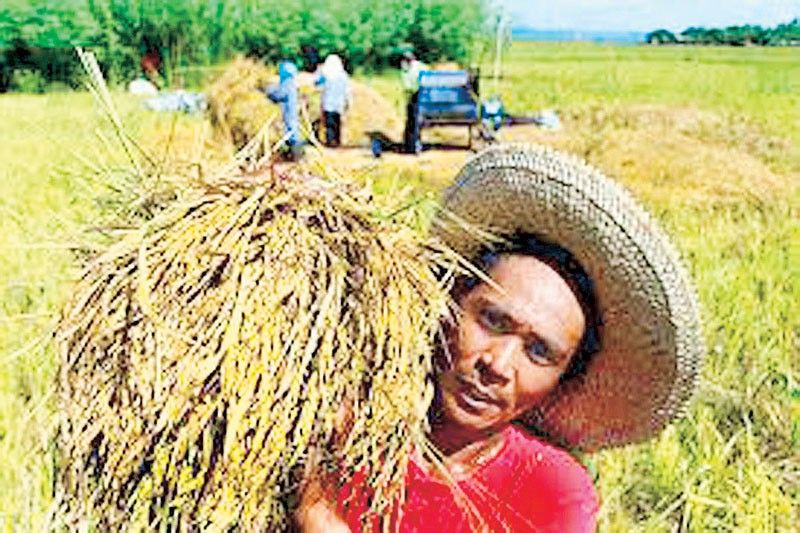Palay harvest falls on smaller area, inclement weather in Q3

Lowest in 5 years
MANILA, Philippines — The country’s palay output continued to contract for the third straight quarter, with production falling by 12 percent on an annual basis in the July-to-September period as planted area shrank, worsened by ill effects of weather disturbances.
The Philippine Statistics Authority (PSA) reported that palay production in the third quarter settled at 3.329 million MT, about 470,000 MT lower than the 3.798 million MT recorded volume in the same period last year.
The actual output volume was even lower than the 3.35 million MT last projection made by the PSA for the third quarter palay production last month.
Historical PSA data showed the third quarter palay output was the lowest production for July-to-September period in five years or since the 3.051 million MT recorded volume in 2020.
Agriculture Undersecretary Christopher Morales attributed the drop in palay production to delayed planting by farmers as a result of the prolonged dry spell due to El Niño phenomenon worsened by the early onset of La Niña.
Raul Montemayor of the Federation of Free Farmers said the decline in palay harvest in the third quarter was not “surprising” given the bad weather conditions the country endured throughout the year.
Montemayor noted that palay harvest in the first semester already fell by 5.5 percent on an annual basis because of the extreme weather conditions.
“This could drop further given the spate of typhoons in the fourth quarter. The drop was mostly attributable to the reduction in harvested area,” Montemayor told The STAR.
“Yield per hectare was in fact higher but only marginally,” he added.
Marie Annette Dacul, executive director of the University of Asia and the Pacific Center for Food and Agri Business, said the government should help farmers adopt climate-resilient agricultural practices to mitigate the impacts of extreme weather conditions and address rising costs.
“This approach can help safeguard production against environmental challenges and economic strain,” Dacul told The STAR.
The country’s palay harvest from January to September reached 11.86 million MT, about 7.5 percent lower than the 12.82 million MT recorded volume in the same nine-month period last year.
Total palay area harvested in the third quarter contracted by 14.53 percent year-on-year to 792,221 hectares from 926,923 hectares, according to the PSA.
- Latest
- Trending


























